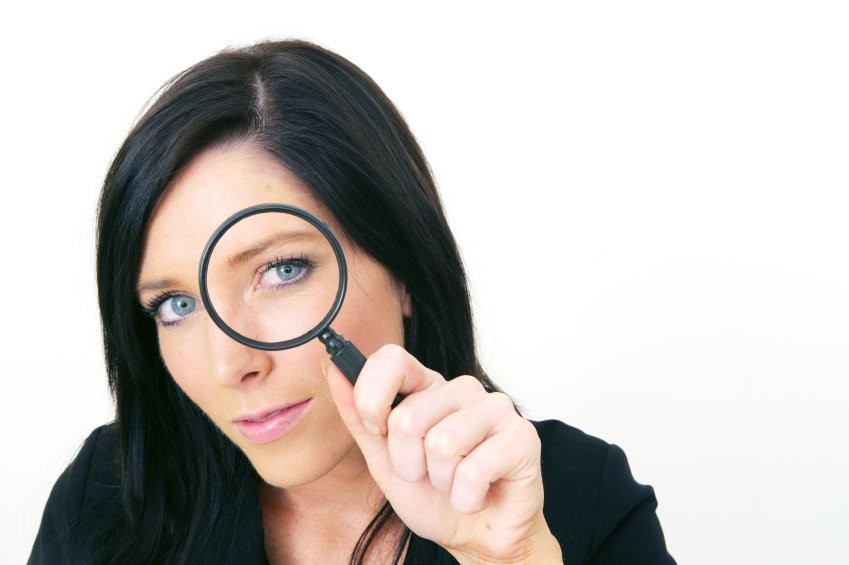“… At one point early on [in jury selection], the [plaintiff’s allegations] were read and [when the judge asked the attorneys to introduce their clients] the defendant stood up and faced us, giving us all an attempt at a friendly smile. My instant thought was ‘he did not do this’; the bleeding-heart liberal me saw him as a victim of racial profiling . . .”
[At a break in the voir dire process, this potential juror saw the plaintiff in the hallway with her kids and her attorney.]
“As I walked out into the hall, the plaintiff was still there. ‘Are they letting you go now?’ she asked me as I walked past. ‘Yes’, I replied, ‘good luck – I would’ve been on your side.’”
This is a statement from an interview of a woman who had been called for jury duty in a 5-day civil case in California. Fortunately, she was excused for cause. Unfortunately, this is a story and lesson I have been preaching for a long time:
- Jurors watch EVERYTHING you and your client do from the moment they lay eyes on you;
- EVERYTHING they see counts towards their ultimate decision for you or against you;
- Jurors make up their minds VERY QUICKLY;
- There are jurors like this person who want to get on the jury to be able to make a statement.
How do you fight these tendencies of jurors?
- Pre-trial research to learn about these potential attitudes within your panel;
- A very well-rehearsed, organized, laser-like voir dire;
- A meaningful witness preparation session (with video feedback) to teach your client about demeanor from the moment they awaken to the moment they drift off to sleep on trial days;
- A well-structured opening story upon which jurors can hang the facts as they unfold.
You trial attorneys certainly navigate tricky waters, don’t you?
Share This Story, Choose Your Platform!
Click below to add your email address to our mailing list and receive the latest Persuasion Tips right in your inbox!

